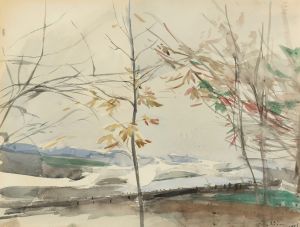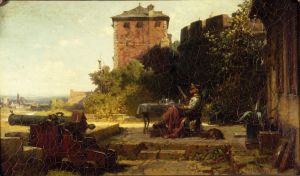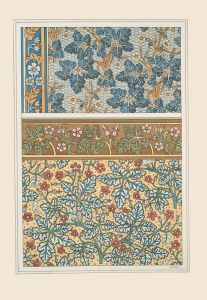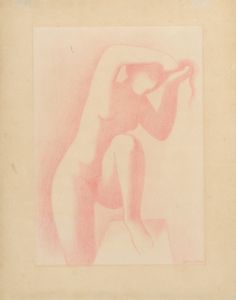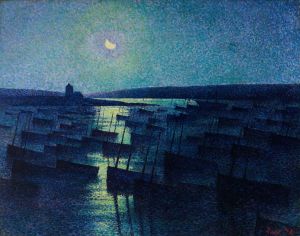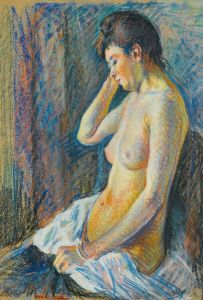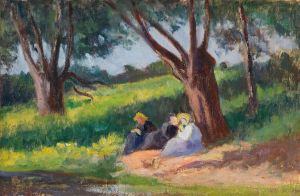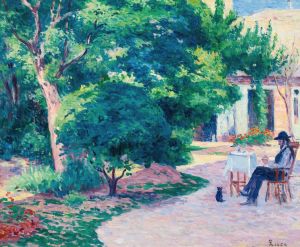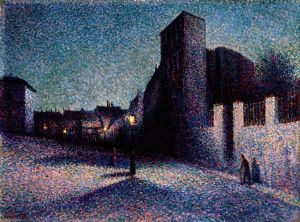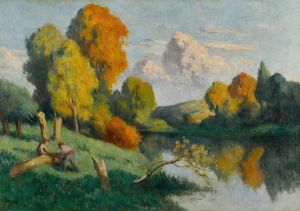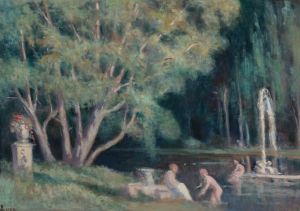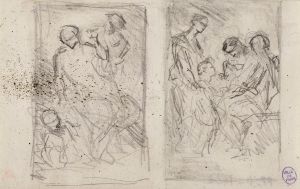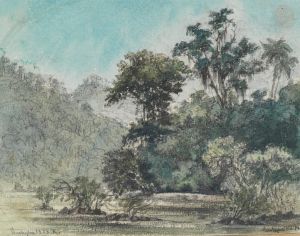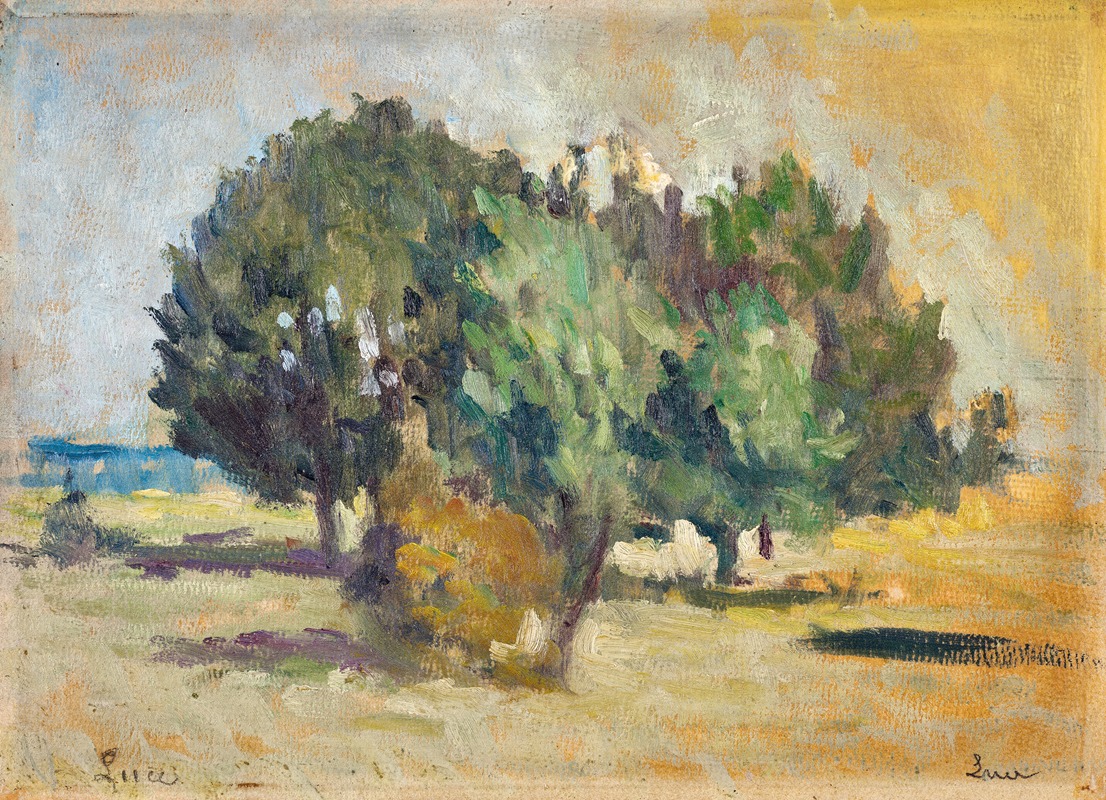
Arbres dans un paysage
A hand-painted replica of Maximilien Luce’s masterpiece Arbres dans un paysage, meticulously crafted by professional artists to capture the true essence of the original. Each piece is created with museum-quality canvas and rare mineral pigments, carefully painted by experienced artists with delicate brushstrokes and rich, layered colors to perfectly recreate the texture of the original artwork. Unlike machine-printed reproductions, this hand-painted version brings the painting to life, infused with the artist’s emotions and skill in every stroke. Whether for personal collection or home decoration, it instantly elevates the artistic atmosphere of any space.
Maximilien Luce was a French Neo-Impressionist artist known for his paintings, illustrations, and engravings. Born on March 13, 1858, in Paris, Luce was initially trained as an engraver before he transitioned into painting. He became associated with the Neo-Impressionist movement, which was characterized by the use of pointillism—a technique involving the application of small, distinct dots of color to form an image. Luce was influenced by the works of Georges Seurat and Paul Signac, who were pioneers of this style.
"Arbres dans un paysage" (translated as "Trees in a Landscape") is one of Luce's works that exemplifies his mastery of the Neo-Impressionist technique. While specific details about this particular painting are scarce, it can be assumed that, like many of his other works, it captures the essence of the natural world through the lens of pointillism. Luce's landscapes often reflect his interest in light, color, and the effects of the atmosphere, which are central themes in Neo-Impressionism.
Luce's approach to painting was deeply rooted in his political beliefs. He was an anarchist, and his art often reflected his social and political concerns. He believed in the power of art to inspire change and convey messages about society. This perspective sometimes influenced his choice of subjects, though his landscapes, such as "Arbres dans un paysage," typically focus more on the beauty and tranquility of nature rather than overt political themes.
Throughout his career, Luce painted numerous landscapes, urban scenes, and portraits. His works are characterized by their vibrant use of color and meticulous attention to detail. The use of pointillism allowed him to explore the interplay of light and shadow, creating a sense of depth and movement within his compositions. This technique also enabled him to capture the changing moods of the natural environment, a quality that is likely present in "Arbres dans un paysage."
Luce was an active member of the artistic community in France and exhibited his works in various salons and galleries. He was part of the Société des Artistes Indépendants, an organization that promoted avant-garde art and provided a platform for artists who were not accepted by the traditional art establishment. Through this association, Luce was able to showcase his work alongside other prominent artists of his time.
Despite the lack of specific information about "Arbres dans un paysage," it can be appreciated within the broader context of Luce's oeuvre and the Neo-Impressionist movement. His dedication to capturing the beauty of the world around him, combined with his technical skill, has earned him a lasting place in the history of art. Luce's paintings continue to be celebrated for their contribution to the development of modern art and their ability to evoke the serene and harmonious aspects of nature.
Maximilien Luce passed away on February 6, 1941, in Paris, leaving behind a legacy of art that continues to inspire and captivate audiences. His works are held in various public and private collections, ensuring that his vision and artistic achievements remain accessible to future generations.





